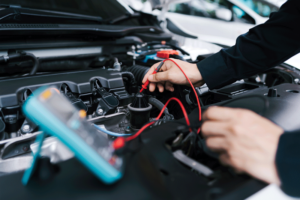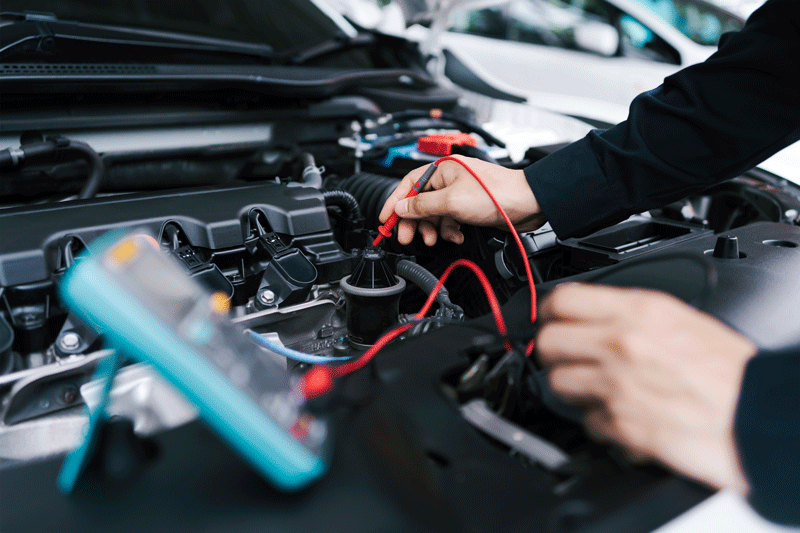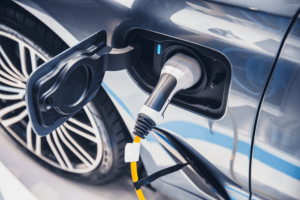



Europe market solutions
Gain the advantage in Europe
Europe is home to dozens of countries each with different climate, geographical and regulatory conditions, as well as varied consumer preferences.
It has diverse landscapes and a wide range of weather conditions, from harsh winters with snow and ice in Scandinavia to hot summers in the south. Cold-weather testing ensures that engines start reliably in freezing temperatures and that heaters work effectively. Conversely, in-country testing helps assess the effectiveness of cooling systems, air conditioning, and the durability of materials under intense heat.
Unique regulations, languages, and cultural preferences result in road signage systems and road surface markings with thousands of variants throughout the continent. This variation impacts the ability of traffic sign recognition systems to operate reliably across different regions and conditions. In passive systems, false alerts can be an annoyance, in active systems they may trigger vehicle actions that impact safety.
VadoTech can help you ensure safety and consumer satisfaction by running comprehensive test programmes throughout Europe.
Test driving solutions in Europe
Europe’s diverse climates, geographical conditions, and regulatory environments, along with varied consumer preferences, present unique challenges for OEMs. VadoTech offers comprehensive test programs throughout Europe to ensure vehicle safety and consumer satisfaction.


Illustrative projects
Explore how our on-road testing services have enabled OEMs to ensure their vehicles excel in diverse climate conditions, road types, regulatory environments, and cultural contexts. These examples highlight how our solutions help our clients achieve optimal performance in every market.
Drive success in Europe
Navigate the cultural, regulatory and climatic challenges of Europe with our tailored test-driving solutions.
Enquire now"*" indicates required fields















